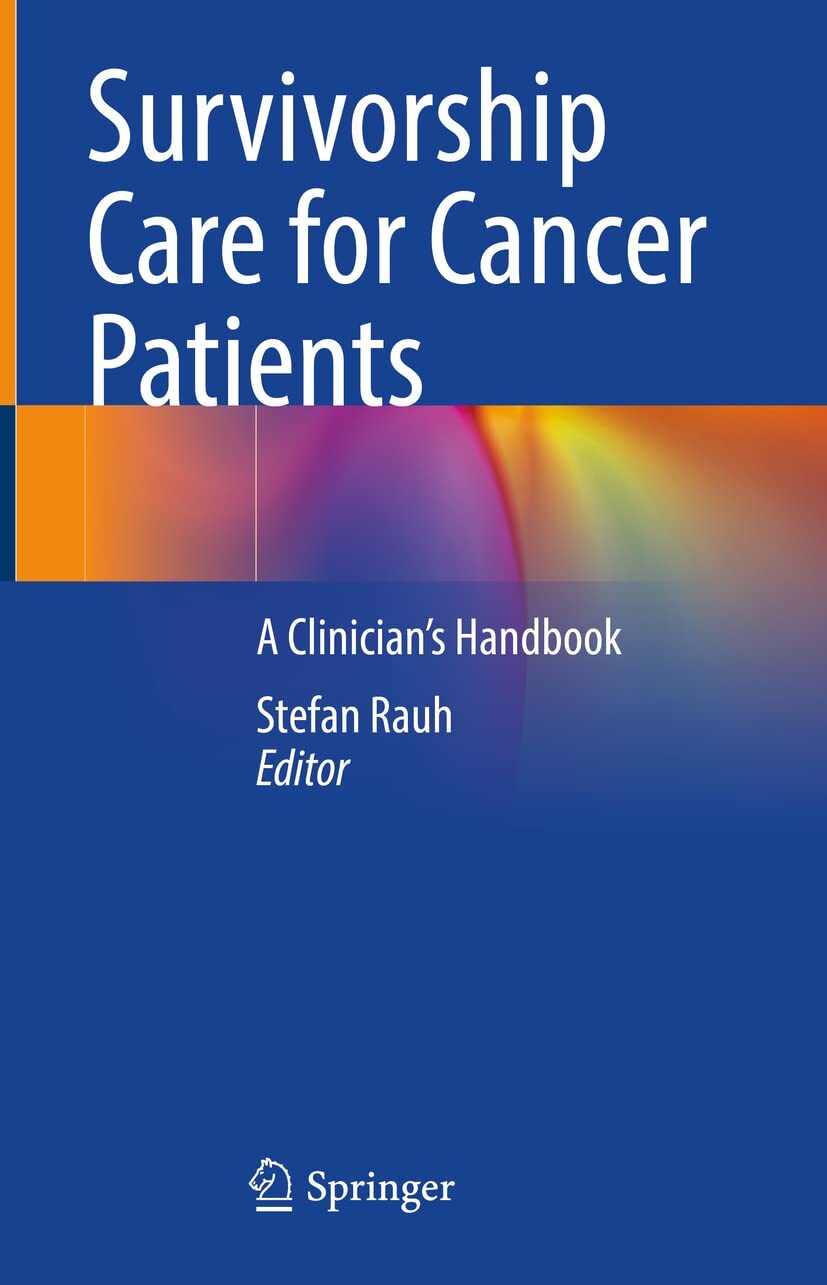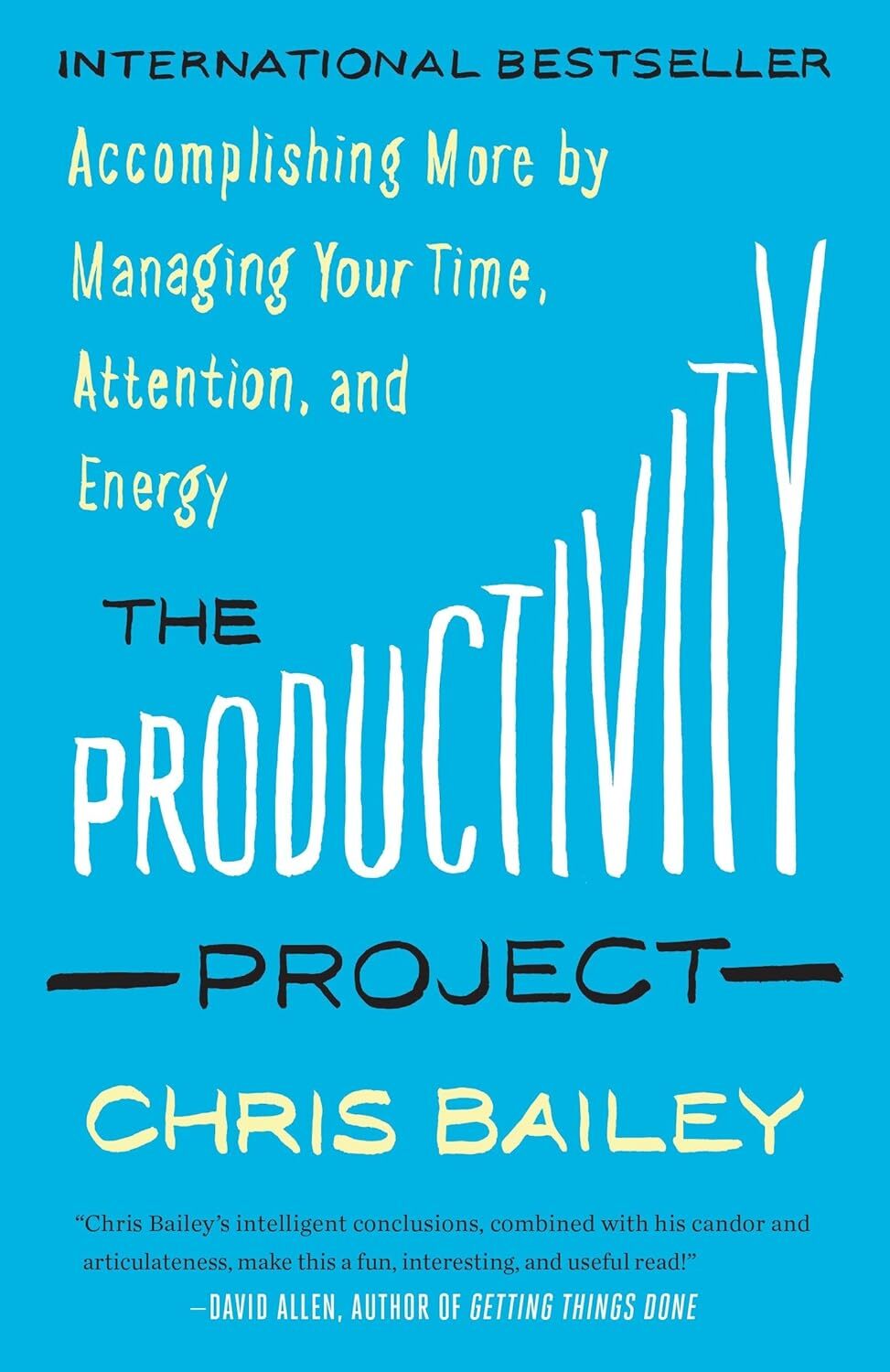Tactical Action Plan
Build a Roadmap for Focused Recovery Success

Introduction
Tactical Action Plan is a short-term, actionable strategy that is specifically aimed at achieving the overarching goal of recovering from cancer. This plan breaks down individual recovery goals into specific tasks and steps. For cancer survivors, it provides a structured way to manage physical health, mental well-being, and daily activities, empowering control and progress that spans the recovery process.
What You Need To Know
How To Do It
Instructions:
1. Prepare Your Tools
- Use a notebook, spreadsheet, or digital app to outline your plan.
- Gather treatment summaries, medical records, and wellness goals.Allocate 30-60 minutes to start.
2. Define Objectives
- Strategic Goals: Establish long-term recovery goals, such as improving physical health, mental well-being, or rebuilding daily routines post-treatment.
- SMART Goals: Create Specific, Measurable, Achievable, Relevant, and Time-bound goals tailored to individual recovery needs (e.g., "Walk 30 minutes daily for 4 weeks to improve stamina").
- Daily, Weekly, & Monthly Goals: Break strategic goals into manageable increments, such as daily nutrition targets, weekly exercise milestones, or monthly mental health check-ins.
- Prioritize Recovery Focus: Emphasize goals that address significant side effects, emotional resilience, and rebuilding a sense of normalcy, prioritizing based on survivor’s health status and medical advice.
- Self-Assessment: Evaluate current physical, emotional, and mental health status through structured questionnaires or journaling to identify strengths and areas needing support.
- Energy Audit: Track daily energy levels to understand patterns of fatigue and peak performance times, critical for pacing activities during recovery.
- Perceived Stress Assessment: Use tools like the Perceived Stress Scale to gauge stress levels, identifying triggers such as medical appointments or social pressures.
- Values Assessment: Reflect on personal values (e.g., family, independence, health) to align recovery goals with what matters most to the survivor.
- Health and Medical Context: Review medical history, current treatment plans, and side effects with healthcare providers to ensure the plan aligns with medical needs.
- Resource Inventory: Assess available support systems (e.g., family, support groups, healthcare access) and limitations (e.g., financial constraints, mobility issues).
- Task List: Translate SMART goals into specific tasks, such as scheduling physical therapy, joining a support group, or practicing mindfulness for stress reduction.
- Transform Goals Into Key Performance Indicators for Recovery: Define measurable indicators, such as number of steps walked, hours of restful sleep, or reduced stress scores, to track progress.
- 80/20 Rule (Pareto Principle): Focus on the 20% of actions (e.g., nutrition, rest, gentle exercise) that yield 80% of recovery benefits to maximize efficiency.
- Assign Responsibilities: Involve caregivers, healthcare professionals, or support group members for tasks like transportation to appointments or accountability for goals.
5. Create a Timeline
- Daily Startup Checklist: Develop a morning routine checklist (e.g., hydration, light stretching, medication reminders) to set a positive tone for the day.
- Calendar Integration: Schedule tasks, medical appointments, and self-care activities on a calendar, ensuring balance between activity and rest.
- Milestone Planning: Set weekly (e.g., complete 3 exercise sessions) and monthly (e.g., attend a survivorship workshop) milestones to maintain momentum.
- Flexibility for Recovery: Include buffer time for unexpected fatigue or medical needs, adjusting timelines based on energy levels and treatment schedules.
6. Allocate Resources
- Resource Identification: Secure access to recovery tools, such as nutrition plans, physical therapy, or mental health resources like counseling or meditation apps.
- Support Systems: Engage family, friends, or cancer survivor networks for emotional and practical support, ensuring clear communication of needs.
- Financial and Medical Resources: Work with healthcare providers or social workers to access financial aid, insurance coverage, or community resources for survivors.
- Resource Monitoring: Track usage of time, energy, and funds to avoid overextension, prioritizing energy allocation for high-impact recovery tasks.
7. Implement the Plan
- Task List Execution: Use a daily task list to guide actions, focusing on small, achievable steps to build confidence and momentum.
- Pacing for Recovery: Start with low-effort tasks (e.g., short walks, journaling) and gradually increase intensity based on energy audit results.
- Communication: As appropriate, share the plan with healthcare providers, family, and support groups to ensure alignment and encouragement.
- Regular Check-Ins: Schedule periodic meetings with a healthcare provider or support group to review progress and address challenges.
8. Monitor and Evaluate
- Tracking Progress: Use a chosen Tracking App or system (e.g., journal, mobile app like MyCancerCoach, or spreadsheets) to log daily activities, energy levels, and stress scores.
- Review KPIs: Regularly assess progress against KPIs, such as improvements in physical endurance, sleep quality, or emotional resilience.
- Feedback Loops: Collect input from healthcare providers or support groups to refine the plan, addressing any setbacks like treatment side effects.
- Post-Action Reviews: After each milestone, reflect on what worked, what didn’t, and how to adjust (e.g., reducing task load if fatigue persists).
- Document Lessons: Keep a recovery journal to note successes (e.g., completing a week of exercise) and challenges (e.g., managing stress triggers) for future planning.
- Celebrate Wins: Acknowledge small victories, such as completing a daily checklist or reaching a monthly goal, to maintain motivation.
- If overwhelmed, start with 2–3 objectives.
- Seek input from your care team or support group.
Helpful Tips:
- Keep it simple: Limit to 5–7 objectives per month to avoid overload.
- Be realistic: Adjust for energy fluctuations in recovery.
- Use visuals: Charts or checklists for tracking.
- Stay flexible: Revise as recovery evolves.
- Combine with apps: Use digital tools for reminders.
- Track outcomes: Note improvements in health or well-being.
- Consult professionals: Align with your care team’s recommendations.
- Involve support: Share the plan with caregivers for collaboration.
- Celebrate milestones: Acknowledge achievements to boost morale.
Related Topics:
Strongly Related
Reduce Stress:
[Links to related web pages]
[Links to related web pages]
[Links to related web pages][Links to related web pages]
Moderately Related
Issue B:
[Links to related web pages]
[Links to related web pages]












